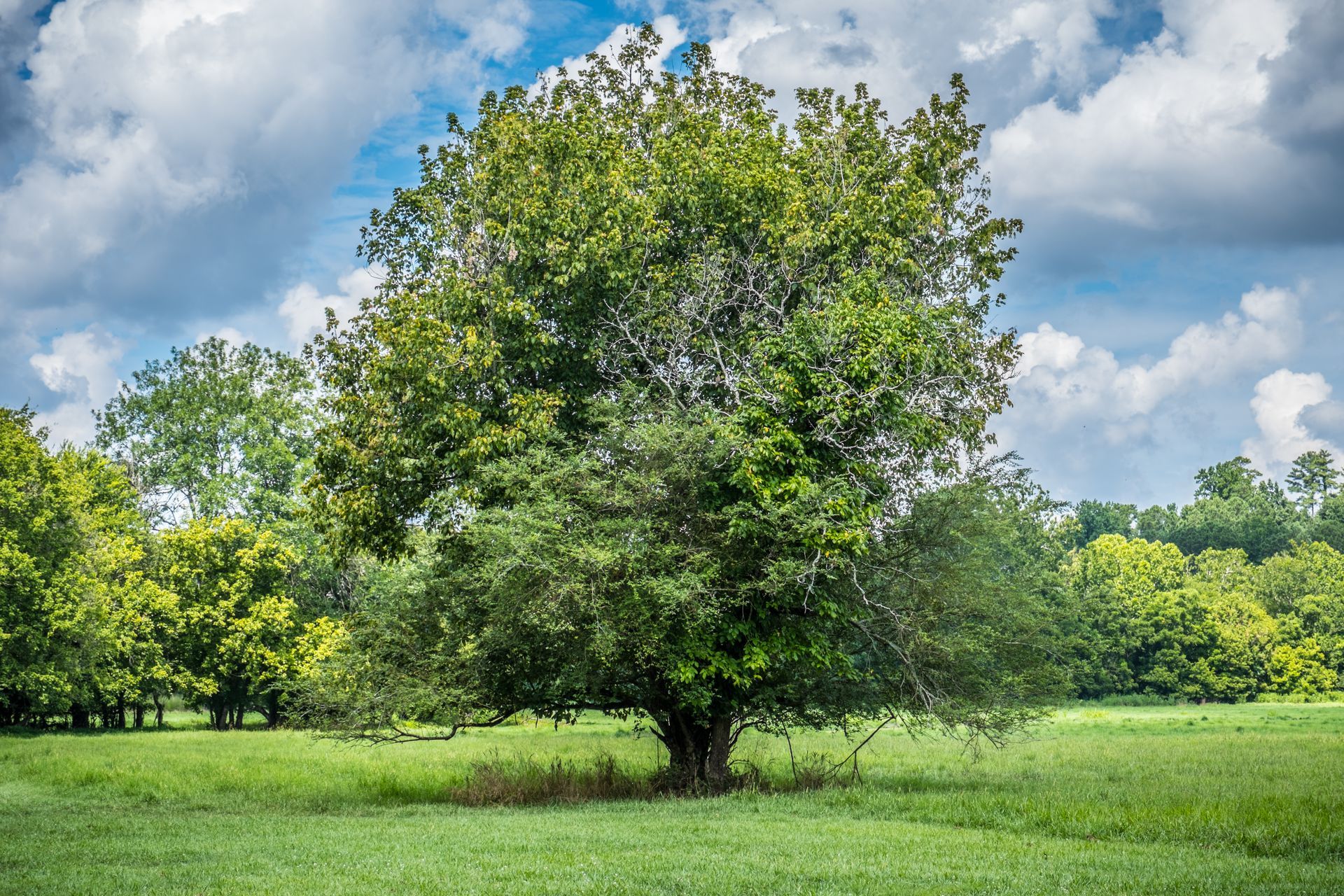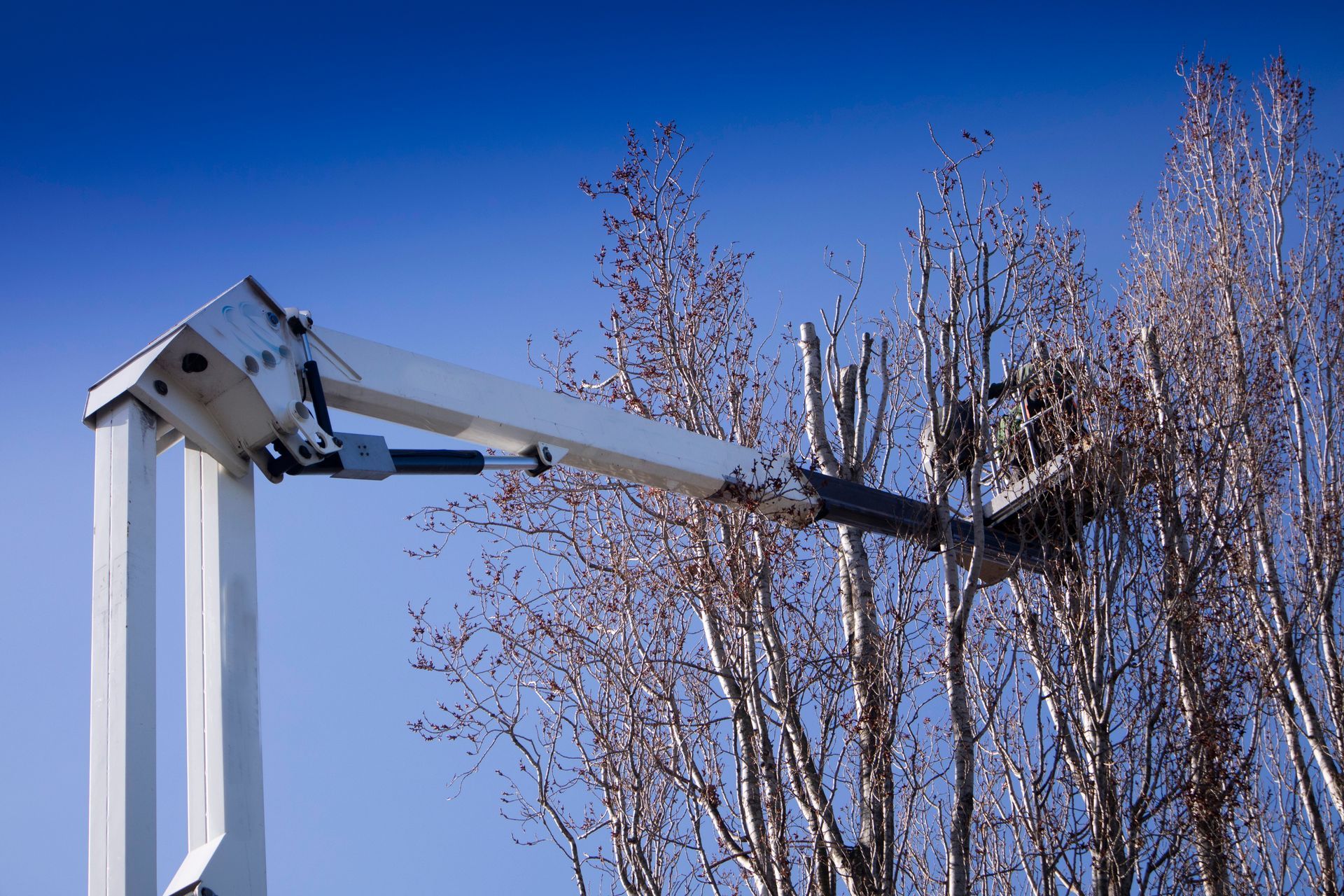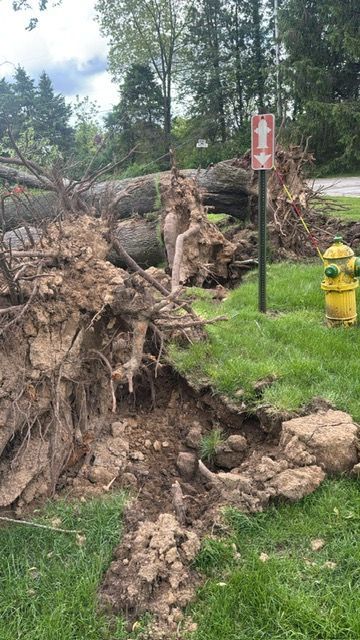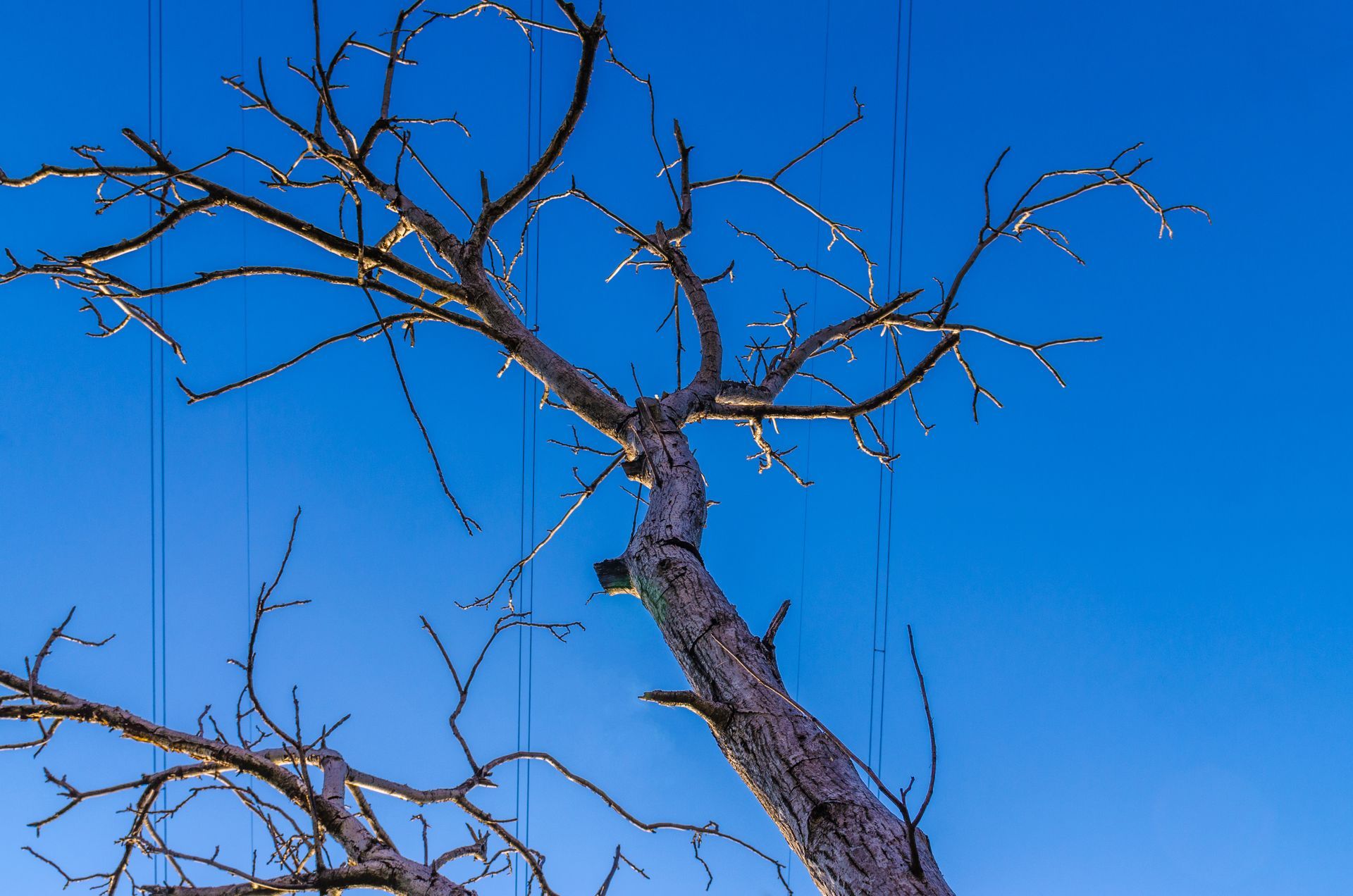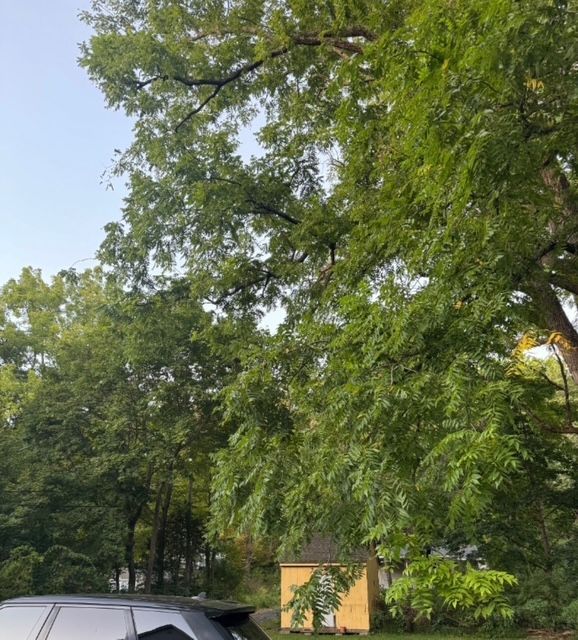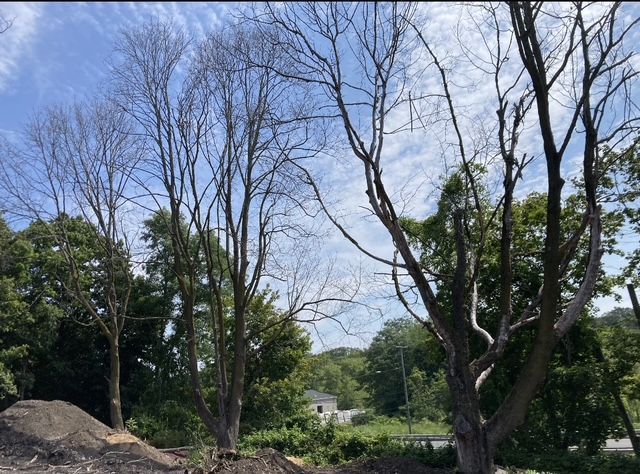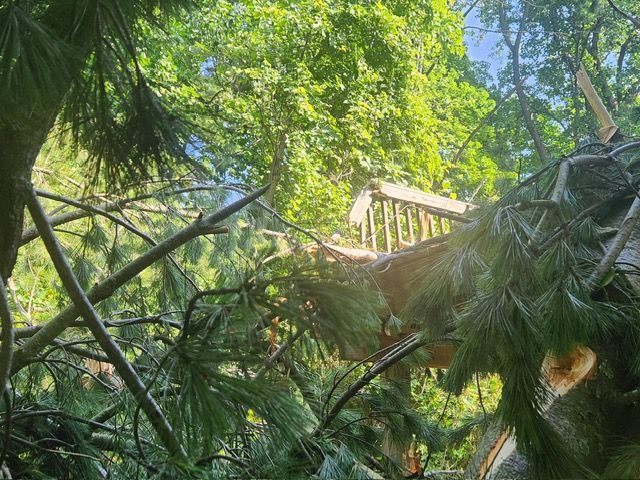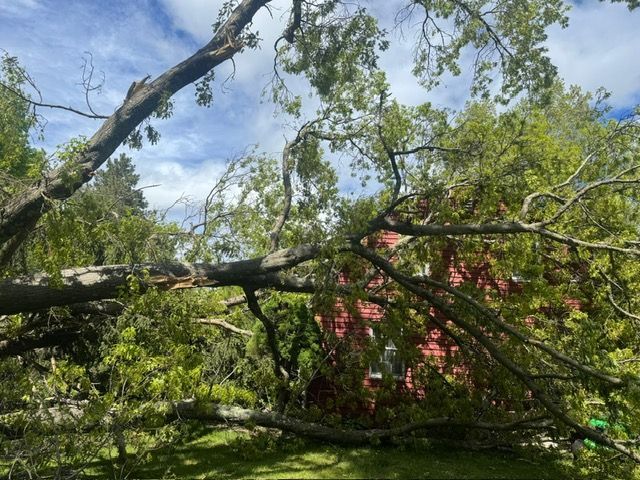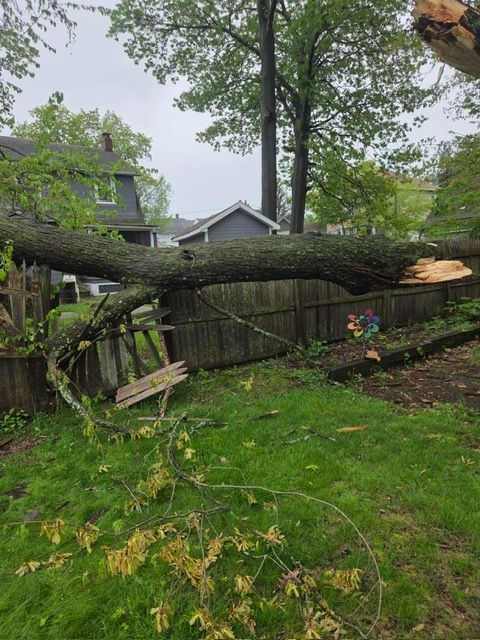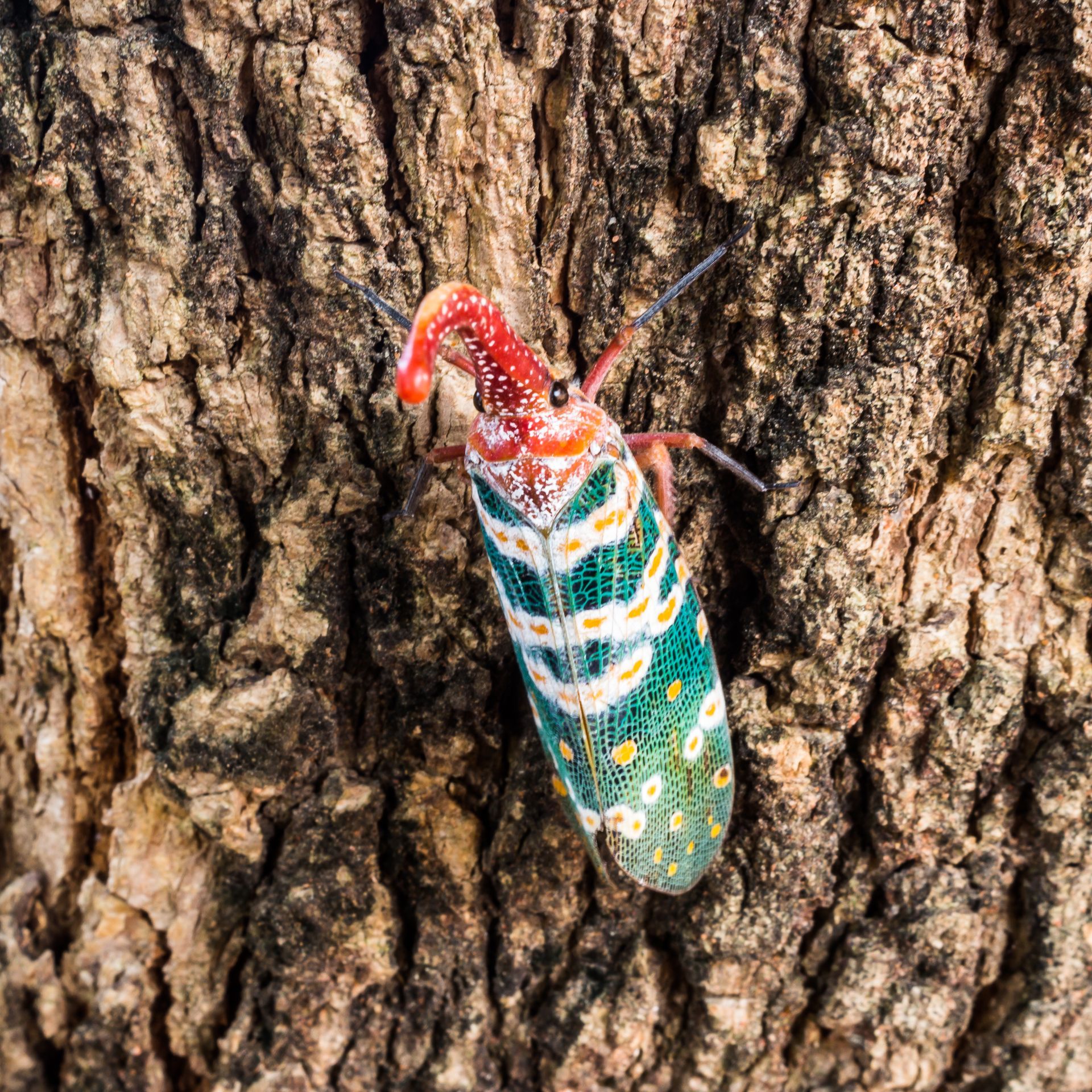After the Storm: How to Check for Tree Damage in Farmington, CT
After the Storm: How to Check for Tree Damage in Farmington, CT
After a storm in Farmington, check your trees for hanging branches, fresh cracks, or shifting soil around the base. If you spot leaning trees or damage near power lines, stay clear and call a licensed tree service for help.
When a storm rolls through Farmington, the cleanup doesn’t stop when the rain does.
The real concern often comes after — when trees that look fine turn out to be anything but.
High winds and heavy rain can quietly weaken trees, leaving cracks, uprooted roots, and hanging limbs that aren’t always obvious at first glance. At Fleet Farmington Tree Service, we’ve spent years helping local homeowners deal with storm damage safely and smartly. Here’s how to spot trouble before it turns into something bigger.
1. Start with Safety
First things first — don’t rush outside. Walk your property only once it’s safe and clear to do so.
If you see trees tangled in power lines, leaning toward your home, or hanging limbs that could drop, stay back. Those are jobs for a professional crew with the right gear and insurance.
2. Look for Hanging or Snapped Branches
Storm winds can leave branches split or dangling, ready to fall at any moment.
Step back and take a wide look at the canopy — if anything looks out of place or partially attached, it’s time to have it removed before it causes damage later.
3. Check the Trunk
Cracks or splits running through the trunk are signs the tree’s structure has been compromised. Even a small fracture can make a large tree unstable. If your tree is suddenly leaning or has bark peeling off in sections, don’t ignore it — that’s usually a warning.
4. Inspect the Roots and Base
This one’s easy to miss.
Look at the ground around the base of your trees. Do you see lifted soil, exposed roots, or gaps where the ground used to sit flush? That can mean the root system shifted during the storm.
Once the roots lose their grip, even a light breeze can bring the whole tree down.
5. Take a Step Back and Look at the Whole Tree
Sometimes the damage isn’t obvious up close.
If the canopy suddenly looks uneven or bare on one side, that’s a sign the tree might have lost internal limbs or sustained wind stress. Storms can also open wounds that attract pests and decay later on.
6. Don’t Assume Everything’s Fine
Not all storm damage shows up right away. A tree might look stable for weeks before a hidden crack or internal rot gives out. That’s why a professional post-storm inspection is always worth it — it can save you from a surprise fall later.
Why Locals Call Fleet Farmington Tree Service
We’ve been helping homeowners in Farmington, Avon, and Burlington recover from Connecticut storms for years. Whether it’s trimming damaged limbs, stabilizing a leaning tree, or handling a full emergency tree removal, we bring the equipment, experience, and care needed to do it right.
We also know the local trees — maples, oaks, pines — and how each species responds to heavy weather. That local know-how makes a difference when you’re deciding what can be saved and what has to come down.
Final Word
After every storm, take a few minutes to walk your yard.
What you notice now could prevent major problems later.
If you see hanging branches, fresh cracks, or trees starting to lean, give Fleet Farmington Tree Service a call. We’ll come out, assess the situation, and make sure your property is safe — no guesswork, no pressure.
Your trees can recover after a storm. You just need to catch the warning signs before they turn into damage.
